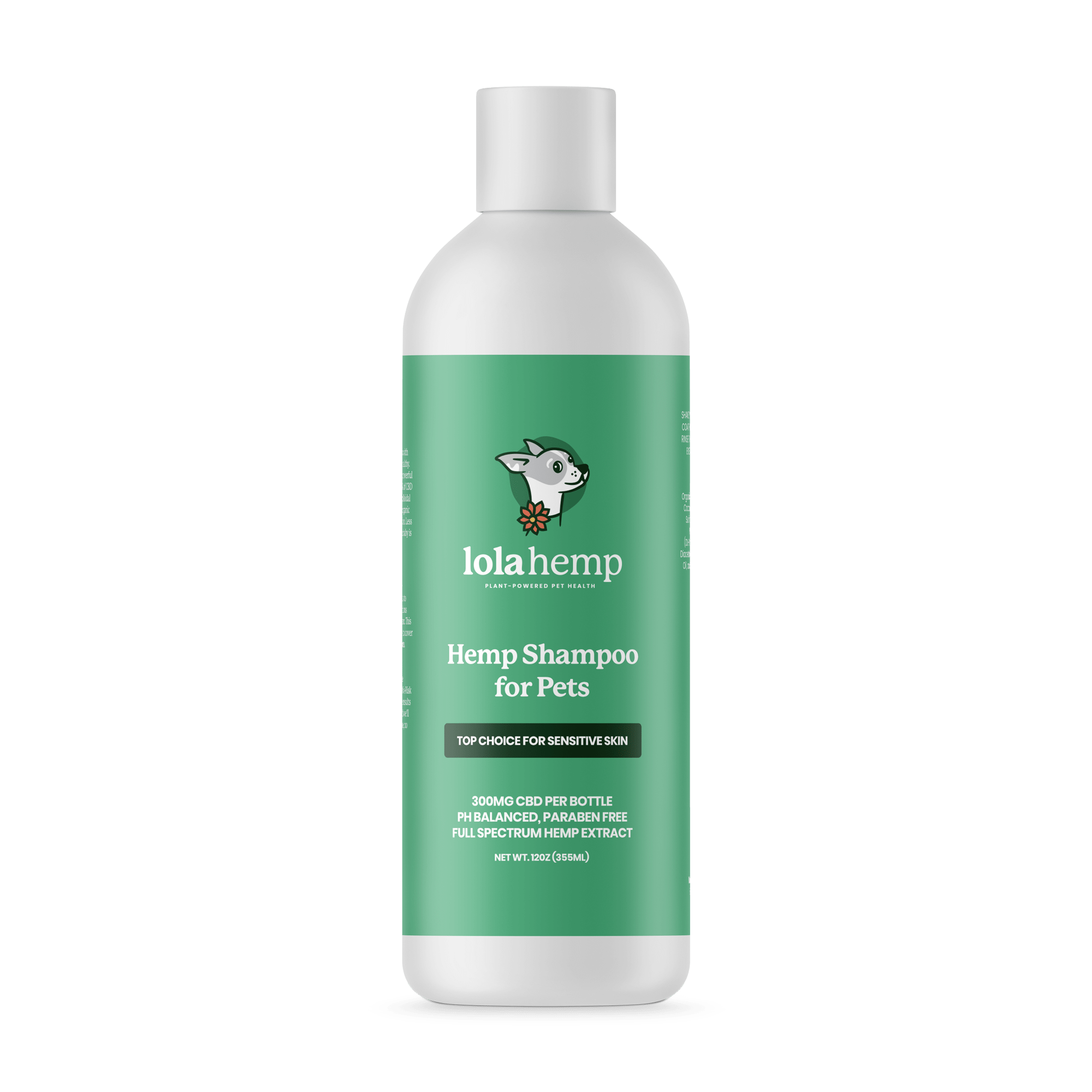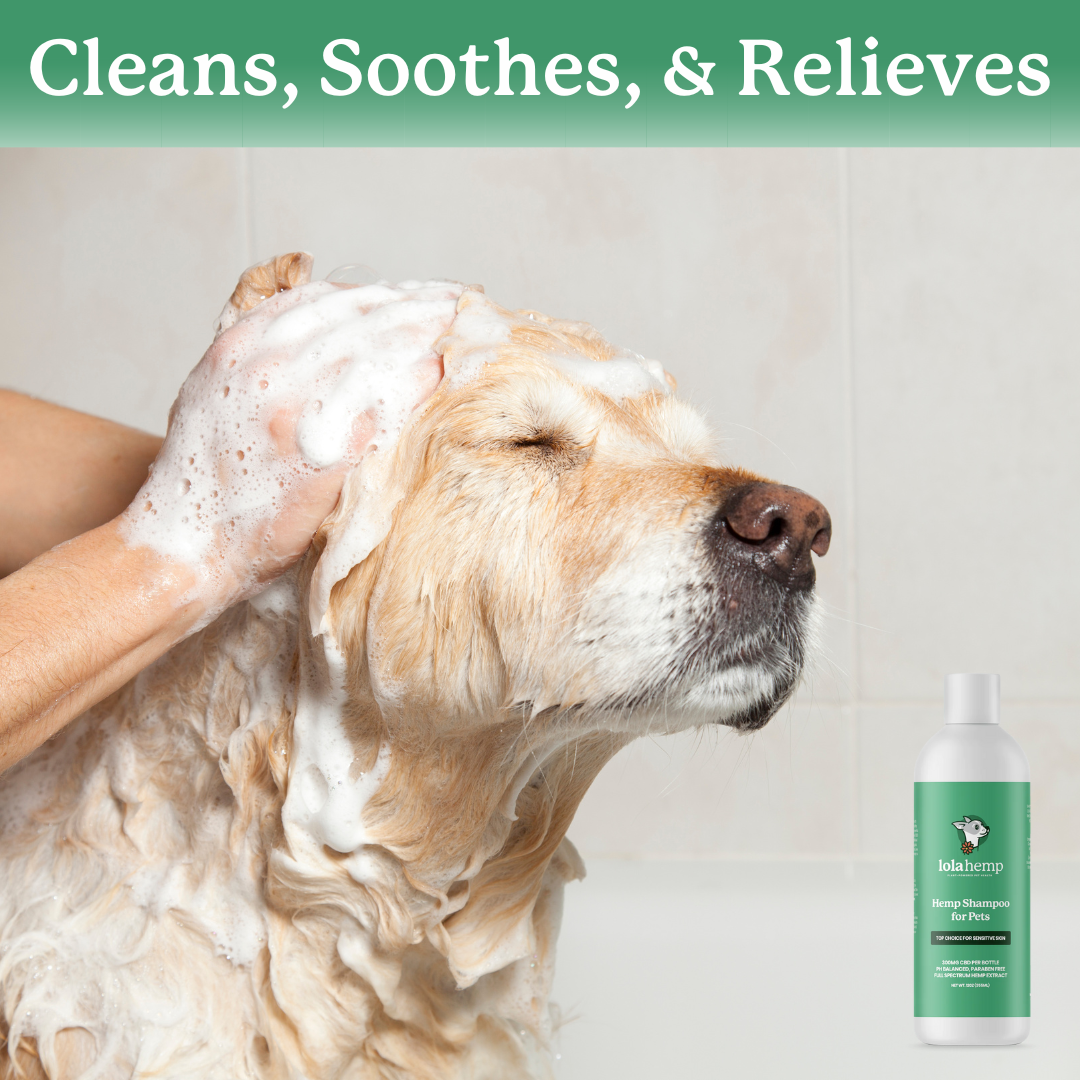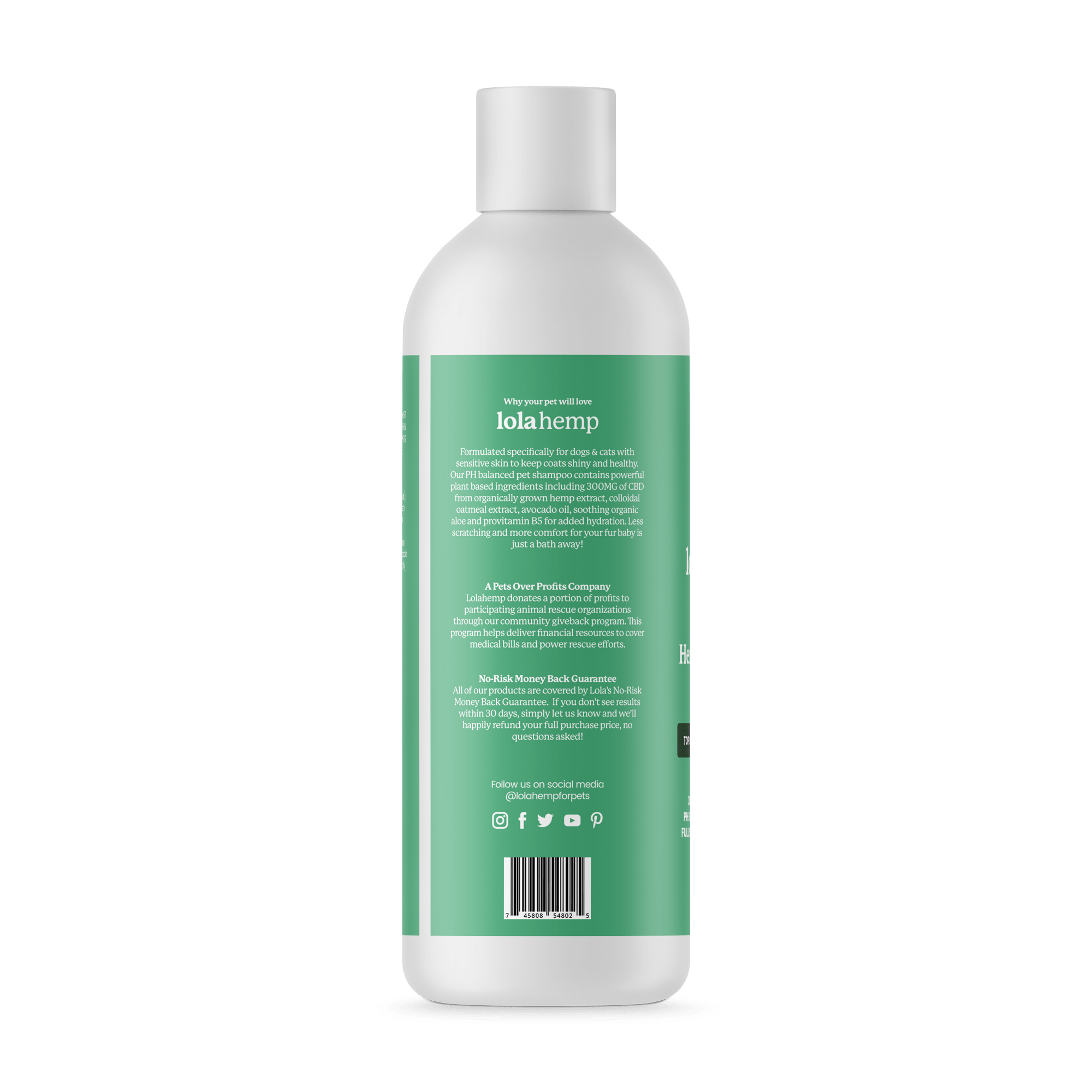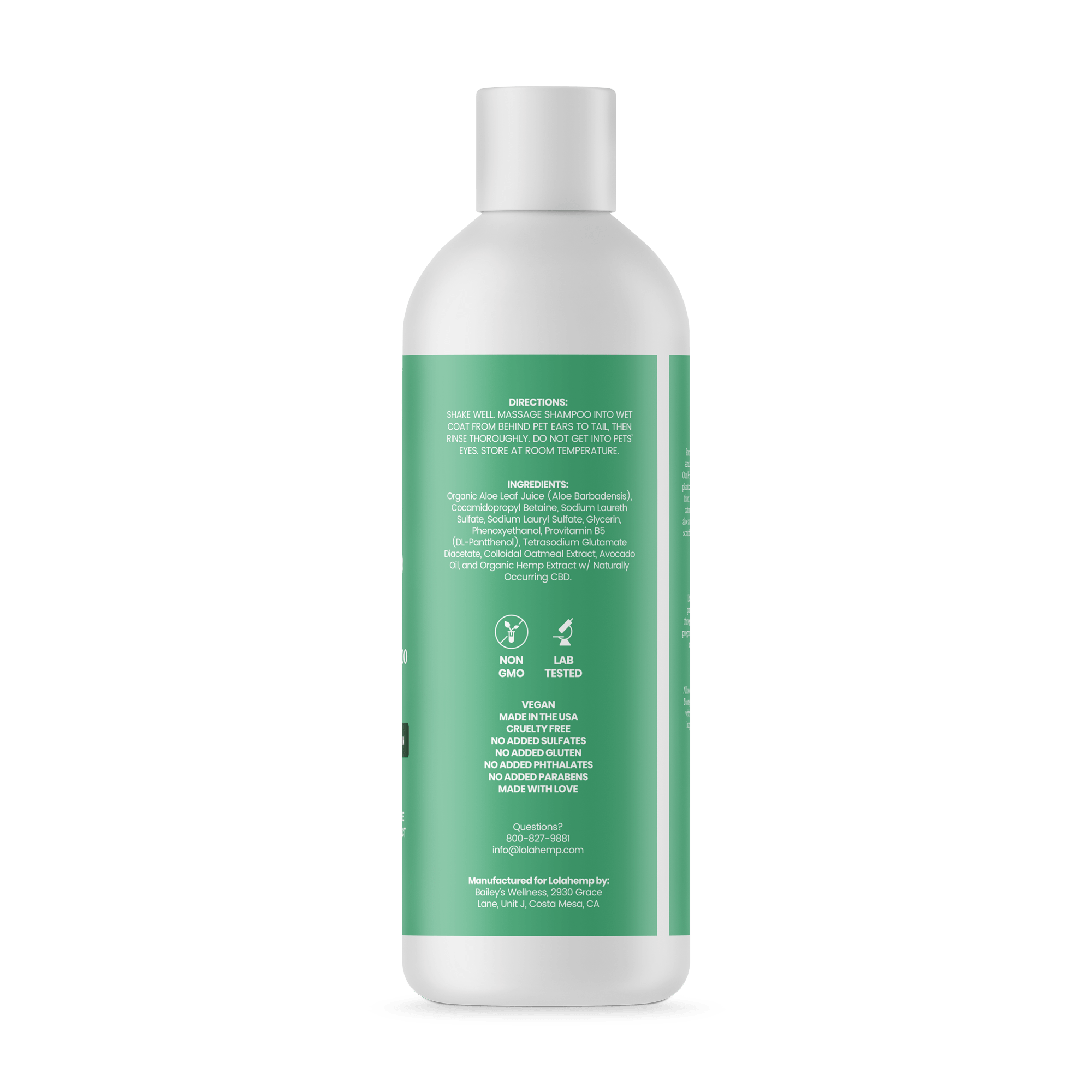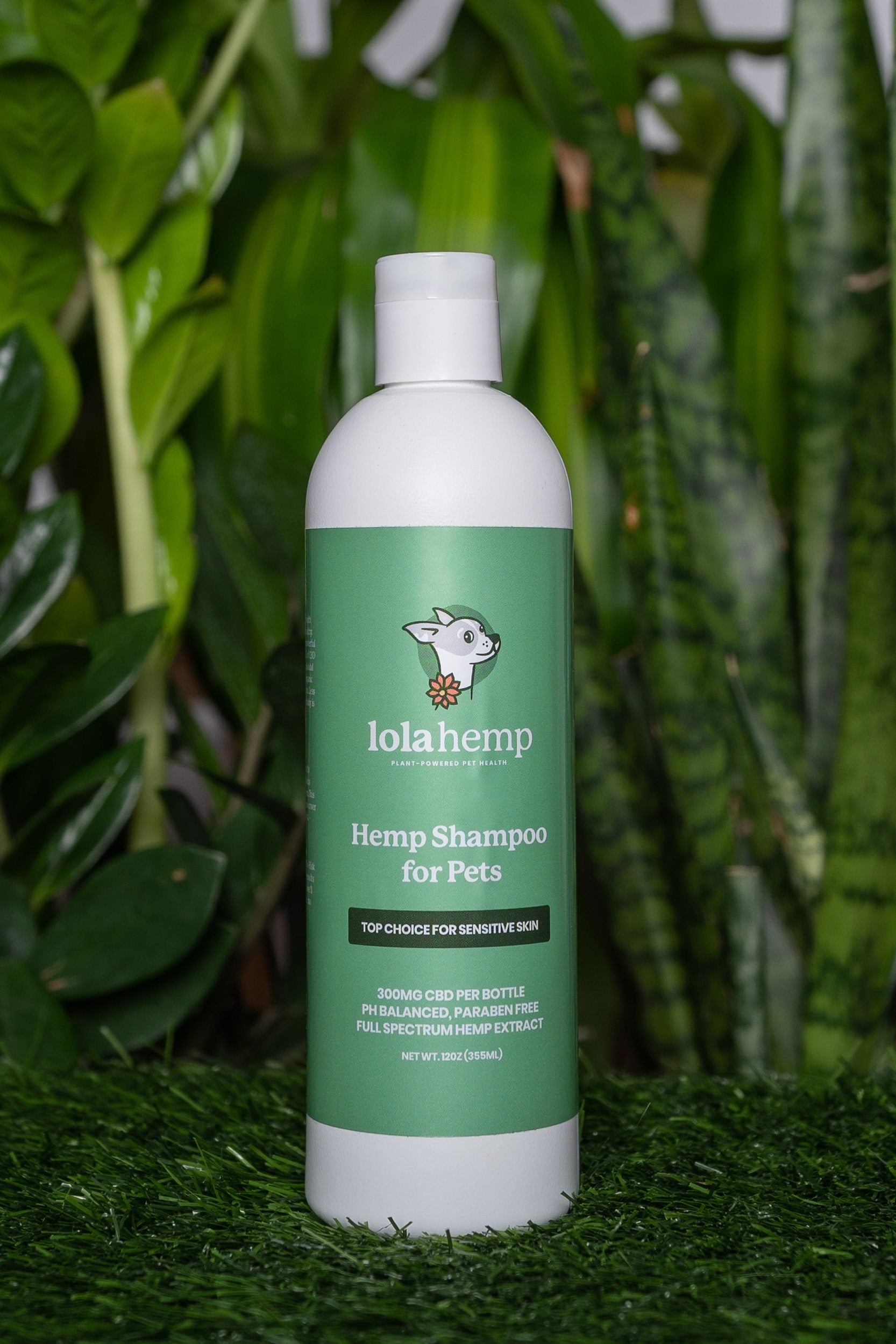The Otterhound is one of the rarest dog breeds in the world—it's not unusual to have never seen one unless you personally know someone who owns one. With their shaggy coat, deep chest, and unmistakably goofy expression, these large scent hounds have a charm all their own.
Originally bred to hunt otters in medieval England, the this member of the hound dog breed group combines water-loving athleticism with a surprisingly sweet, relaxed personality. Think of them as the lumbering, lovable cousin of a Bloodhound—except with a voice that carries for miles. (See the video of Otterhounds howling below)
In this guide, we’ll cover everything you need to know about the Otterhound—from its working history to its grooming needs and whether it’s the right fit for your lifestyle of pet parenting.
Breed History and Origins
Otterhounds were developed in the 1300s in England to manage otter populations for fishermen who wanted to keep rivers and lakes fully stocked. Fish were the primary source of food for many people at that time.
Otter hunting was outlawed in the 1960s, and otterhound populations dropped significantly at that point.
The breed likely emerged from a mix of Bloodhounds, rough-coated terriers, and various French hounds—all blended to create a dog with excellent tracking ability, stamina, and a waterproof coat.
You can see this blend of breeds in modern Otterhounds if you look for it. See if you can spot the otterhound in the picture below! Once you spot it, look for the similarities and differences between it and the other breeds it derives from.

You can see that the Otterhound takes on the height stature of the Bloodhound, and elements of the coat of the rough-coated terrier. There are other breeds in the Otterhound's lineage, clearly, but you can see the origins.
Otter hunting was banned in the 1970s, and with it, the Otterhound’s numbers plummeted. Today, it’s estimated that fewer than 1,000 Otterhounds remain worldwide, and they’re considered a vulnerable native breed in the UK.
Otterhound Temperament and Personality
Despite their hunting background, Otterhounds aren’t aggressive or intense—they’re more of a mellow, affectionate, somewhat clumsy companion. They're known for being gentle with children, friendly with other dogs, and incredibly loyal to their family.
That said, this is still a hound with a loud voice and a stubborn streak. If they catch a scent they like, they may pretend you no longer exist. Here's a little example of the Otterhound's howl:
If you’re looking for a couch buddy that still enjoys long, sniff-filled hikes or splash sessions at the lake, the Otterhound could be your ideal mix of low-key and outdoorsy.
Physical Characteristics
Otterhounds are big dogs, but not massive like some other breeds. Most stand around 24 to 27 inches tall at the shoulder and weigh between 80 and 115 pounds, depending on gender and build.
Their double coat is thick, coarse, and water-resistant. They have a rudder-tail used for swimming and following otters.
They live roughly 10 to 13 years and—while their coat may suggest constant upkeep—they’re actually easier to maintain than you'd think with the right grooming routine.
Training a Stubborn Hound: What to Expect
Training an Otterhound takes some finesse. These are smart dogs, but their independent mindset and strong nose can make them frustrating for first-time owners expecting blind obedience. When an Otterhound detects something that interests it, it's extremely difficult to get them to shift their attention.
For this reason, Otterhounds aren't usually trustworthy off-leash and must be contained by a fenced yard. When they start tracking and put their nose to the ground, they will likely top hearing you and strictly focus on the scent trail.
Remember: Otterhounds descend partially from Bloodhounds, and Bloodhounds have 60 times more scent receptors than you or I, their ears (which Otterhounds inherited) waft scent up toward their muzzle, and they can distinguish individual scents in hectic, scent-heavy environments.
Otterhounds share the ability and desire to follow a trail, and the scent trail is often the top priority in their minds. This makes them relatively difficult to train and manage. Early socialization and positive reinforcement are key. Otterhounds respond well to consistency and reward-based training—but they’ll shut down if you try to bully or rush them.
They thrive with structure and patience, and they benefit from mental stimulation just as much as physical exercise. Puzzle toys, nose work, or even gentle tracking games can go a long way.
Otterhound Grooming and Coat Care
Their shaggy double coat needs regular attention, but it’s not a nightmare. A weekly brushing is usually enough to manage dead hair and debris. You’ll want to pay attention to areas behind the ears, under the elbows, and anywhere their fur tends to tangle.
Baths can be infrequent unless your Otterhound is a swamp enthusiast—which, fair warning, is likely. Their coats naturally repel water and grime, but regular checks and cleaning go a long way for long-term coat health. Generally, you can get your dog in the bath, soak them and shampoo if you want to, and let them dry off themselves.
Don’t forget ear checks and cleanings—those big, floppy ears are prone to infections, especially if your dog swims often. Other than that, Otterhounds are relatively easy to groom!
Health Concerns and Preventative Care
As a breed, Otterhounds are surprisingly hardy. That said, their small gene pool means certain issues show up more frequently. Here are a few to keep on your radar:
- Hip Dysplasia: Common in larger breeds. Keeping them at a healthy weight and adding joint support supplements early can help.
- Bloat: Like other deep-chested breeds, Otterhounds are at risk for gastric torsion. Feed smaller meals and avoid vigorous activity right after eating.
- Ear Infections: Due to their love of water and long ears. Regular cleaning can prevent painful flare-ups.
These are relatively common issues in most dogs, so Otterhounds aren't prone to any unique health issues out of the norm.
Is the Otterhound the Right Dog for You?
The Otterhound isn’t for everyone. They’re big, loud, and occasionally stubborn. But if you want a dog with personality, a little quirkiness, and a deep appreciation for both naps and nature—they might be exactly what you’re looking for.
This is a breed for someone who doesn’t mind getting their hands (and car, and floors) a little muddy. Someone who enjoys a walk in the woods as much as a snuggle on the couch.
If that sounds like you, the Otterhound might just be your perfect match. It may be difficult to find an Otterhound, however, because there are so few on earth.

